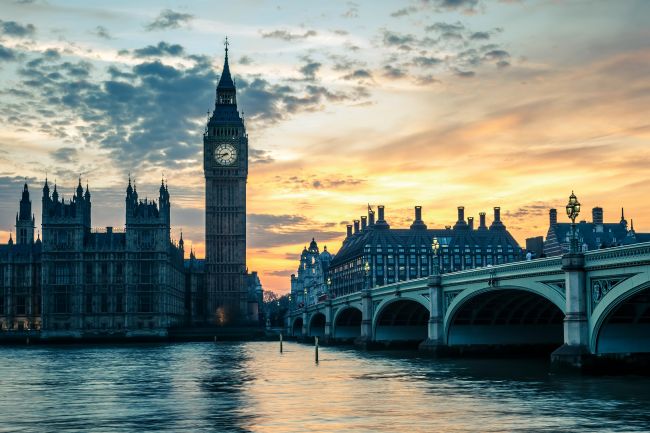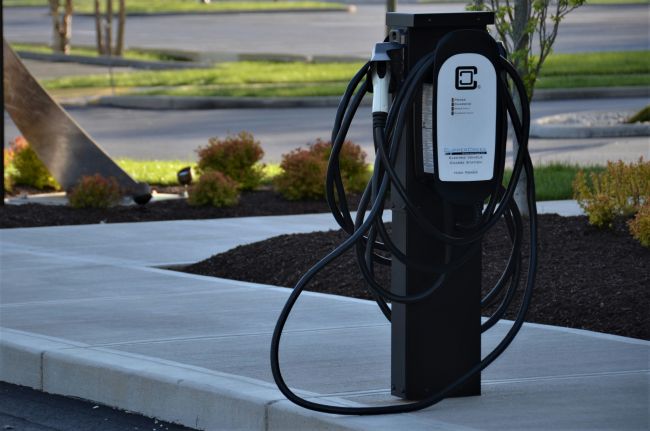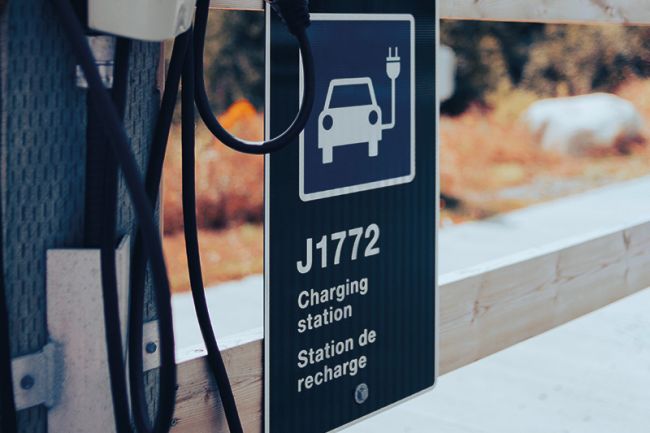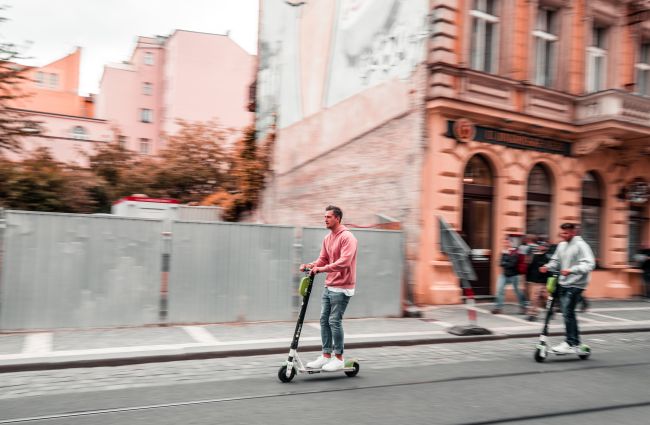Ten Mobility Challenges for Mexico
The results of the presidential elections on 2 June invite us to reflect on the challenges facing our cities in terms of planning and mobility.

The results of the presidential elections on 2 June invite us to reflect on the challenges facing our cities in terms of planning and mobility. With more than 105 million people living in urban areas, representing more than 88% of the population (CONAPO 2020), Mexico comprises 92 metropolitan areas, 421 municipalities, and 65% of the population. Each of these zones presents diverse challenges in planning and mobility. Still, we will focus on two key challenges: dispersion and lack of connectivity, which have significant social and economic implications that must be addressed.
Regional Challenges
Connectivity is crucial to increase the country's economic potential on a regional scale. Reducing regional gaps is fundamental through modern and efficient mobility systems that facilitate more significant opportunities for investment and trade, both within the country and with neighbouring nations. There are three main challenges at the regional level:
- Strengthen safety on railways and roads: It is urgent to restrict the circulation of double-trailers and overweight tractor-trailers to reduce risks and damage to infrastructure. This should be accompanied by an ongoing safety and monitoring programme.
- Expand port capacity in conjunction with the rail strategy: Key to economic development is taking advantage of and retaining the opportunities offered by Nearshoring in Mexico and Central America.
- Develop passenger rail transport corridors: Relieving congestion on the road network and reducing the environmental impact of inter-city transport is essential. This includes encouraging a modal shift from freight to rail, which has 12 times lower accident rates and emits six times less carbon than road transport.
Metropolitan Challenges
At the metropolitan level, administrative barriers have prevented the consolidation of efficient mobility systems that are adequate to the social and economic dynamics of the conurbations. The containment of cities and their gradual consolidation to take advantage of intra-urban gaps is key. Resistance to densification has represented high costs for society.
- Contain the expansion of urban sprawl: It is vital to avoid occupying rights of way around strategic transport infrastructure.
- Introduce seamless and comprehensive mass transport systems: These systems must go beyond territorial boundaries to reduce inequality and the carbon footprint of cities.
- Improve existing mass transport systems: Strategies are needed for route reorganisation, fleet changes, unit increases and improved information systems.
Challenges in Medium Cities and Urban Areas
For medium-sized cities and urban areas, it is crucial to work on a human scale, considering the needs of pedestrians, cyclists and disadvantaged groups.
- Encourage density and diversity of urban uses: Mobility policies should be accompanied by urban development and planning to create accessible, sustainable and efficient cities, such as the 15-minute city.
- Encourage active mobility*: Encourage the use of public bicycle systems and micro-mobility to discourage car use.
- Improve mobility infrastructure*: Develop better streets, integrated cycling infrastructure, user information systems and inclusive infrastructure.
- Implement a gender-inclusive mobility policy*: Reduce the gender gap in the sector by including more female transport operators, decision-makers and technicians.
Addressing these mobility challenges is essential for Mexico's sustainable development. Creating an efficient, safe and accessible transport system will improve citizens' quality of life and boost economic growth and social cohesion. It is crucial that public policies are aligned with the needs of urban and rural communities, promoting a future where everyone can move freely and safely.











